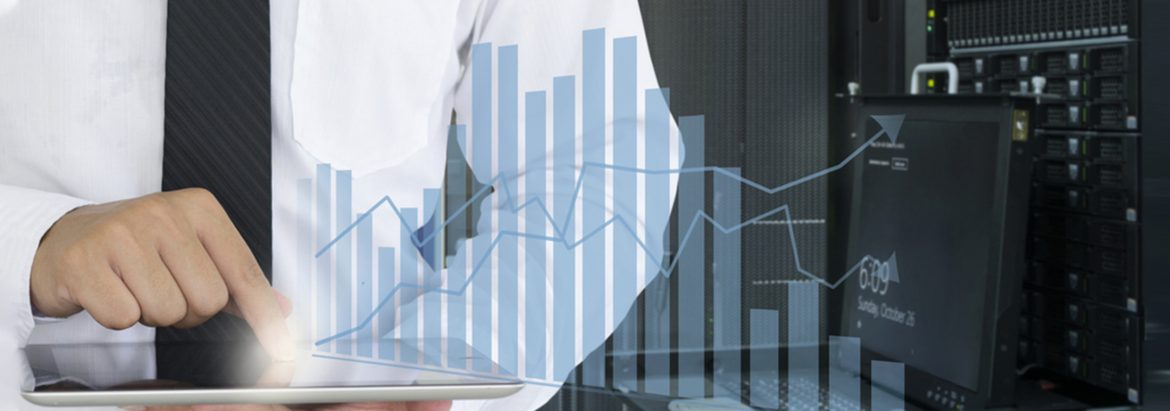
End-to-End Enterprise Monitoring: How does it work?


To ensure that the best of services are available to all users and potential customers, businesses are using IT infrastructure managed services and end-to-end enterprise monitoring. End-to-end enterprise monitoring is an important aspect of digital experience management. In recent times, companies are highly dependent on user response. A positive response can only be expected if the platform has the best features. End-to-end monitoring provides real-time insights and allows businesses to improve the processes and get better responses from both customers and employees.
IT automation with AI has helped several companies streamline their business processes and eliminate the need for human intervention. To get a management solution that is more comprehensible and will ensure improved visibility, companies need to choose end-to-end IT monitoring. This is because, with end-to-end monitoring, analysts and team leaders can analyze the data available across sources. The insights or metrics are then prioritized, and it helps the teams get a better look at the digital environment of the business. end-to-end enterprise monitoring is essential as it ensures that data is being collected from every part of the IT infrastructure, services, applications, and all devices connected to the network. Such an approach helps the company to understand which areas are working well and which need to be optimized to enhance performance.
Companies may think that if they have enough data analysts working, end-to-end enterprise monitoring is not that important. However, any sort of manual process increases downtime and costs. Therefore, it is better to invest in end-to-end enterprise monitoring. The range of services that one can get from end-to-end enterprise monitoring is completely different and much more varied. It is essential for those businesses that are looking to improve customer interaction. end-to-end monitoring will improve the digital experiences of all end-users and help generate a better response from the potential customer base.
Companies that are invested in long-term solutions will invest in IT Operations Management Software as well as end-to-end enterprise monitoring. There are several end-to-end enterprise monitoring tools available that can be implemented in various aspects of the IT infrastructure. Usually, there are multiple systems within an infrastructure, and it is not possible for all of them to have one point of contact. Usually, the networks are categorized as local-area, wide-area, or wireless, and teams are assigned to each of these networks. Separate teams are also responsible for visualization, support, applications, and other silos.
End-to-end enterprise monitoring software solutions usually map these silos. The tools are specific to the aspect they are assigned to. For example, certain end-to-end enterprise monitoring tools are available for just network monitoring. These tools focus on the main network and associated infrastructure including routers and switches. Data is collected from the network and then analyzed. However, enterprise monitoring tools do not only collect data from the network connections. They can collect data from TCP ports and IP addresses. Once the data is analyzed, the metrics can be used to check for network latency and other issues.
To understand how end-to-end enterprise monitoring can be implemented, operations teams need to look into a few features of the IT infrastructure. The decision to use end-to-end enterprise monitoring should come from both the stakeholders and the team leaders. Here are the aspects that require inspection:
The system needs to be responsive to every input. If it takes a while to respond, it can later become a security risk. End-to-end monitoring tools can obtain data from the system and check the cause for delay in responses.
Systems can be on-premise or in remote locations. However, their locations should not affect accessibility. If the change of location is affecting a system’s ability to function properly, then end-to-end monitoring is necessary. It can help the company understand how the system can be optimized in order to get the best performance.
IT systems that have not been optimized may glitch from time to time. If it is difficult for operations teams to identify where the issue is, there might be a complete system outage. To avoid that, companies should invest in a solution like end-to-end enterprise monitoring, as that will be able to check every aspect and quickly detect the root cause.
The revenue of a business depends on the end-user experience. If the digital experiences of the end-users are consistently better, then the company will generate more revenue. However, any issues with the system may affect the quality of services being provided to the users. Enterprise monitoring tools will assist developers in creating user-friendly interfaces that will generate better response from all users.
Business processes can get complex at times and might sometimes affect the overall performance. Usually, such lags are due to certain internal errors. The latency can be fixed by analyzing available data to understand what is causing the delay. End-to-end enterprise monitoring and automation can be introduced to speed up the business processes.
Without end-to-end enterprise monitoring, IT departments can be dealing with chaos. Therefore, companies should invest in proper management and end-to-end enterprise monitoring. It will have a positive impact on the business, will boost customer satisfaction, and eventually help generate more revenue.
Please complete the form details and a customer success representative will reach out to you shortly to schedule the demo. Thanks for your interest in ZIF!
Notifications